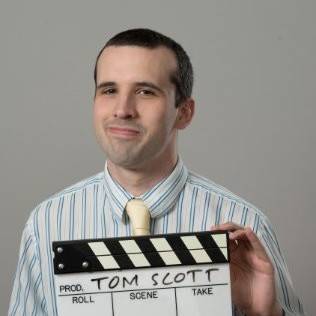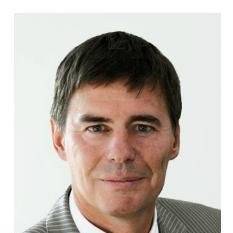
For those of you unfamiliar with Groundhog Day, it is a quirky little celebration observed in Canada and the United States on the 2nd of February.
According to legend, if the groundhog, such as the one in the picture above, wakes up and does not see his shadow, spring will come early that year. However, if the groundhog sees his shadow, he will go back into his burrow and we will have six more weeks of winter.
Groundhog Day also happens to be one of my favourite movies.
Bill Murray plays a disgruntled TV weatherman. He goes with a crew to Punxsutawney, Pennsylvania to cover the Groundhog Day event. A snowstorm moves in and the crew must spend a second night in Punxsutawney. When Murray wakes up the “next” day, it is Groundhog Day all over again. He continues to relive the same day over and over and only he knows it. It’s a very clever film.
Now, although Murray relives the same day over and over, the days do not unfold exactly the same way. In fact, Murray can learn something one day and then use it to his advantage the next. This is particularly useful in helping him learn about, and win the affection of, his colleague who is played by Andie Macdowell.
So what does this have to do with public speaking? Well, if you have to give the same presentation multiple times, you can (and should) learn from each experience and make the appropriate adjustments for the next time. I give the same advice to young speakers when they join Toastmasters.
There is no rule that says you cannot give the same speech twice. I always recommend that they give a speech, get feedback and then give the speech again after incorporating the feedback. The learning and growth are tremendous.
If you give the same presentation several times, pay attention to what happens and get feedback from your audience members on how you can improve the next time around. If you do, you will.
By the way, bad news for those of you who were hoping for an early spring. Apparently the groundhog has just seen his shadow as I write. Six more weeks of winter (2014) coming up!
















11 Replies to “A Groundhog Day Public Speaking Lesson”
Reblogged this on The Echo Chamber.
Love how you draw your content and message referring to movies and events like this one, where you do both!
Thanks for the link, Mike!
Thanks, Sandra. I like looking for creative ways in which to approach an issue. It makes it more memorable and fun, including for me! Glad you enjoyed the post.
Some people – those with time on their hands, not unlike Phil, have calculated based on average learning times, his comments in the movie and throwing in a fudge factor, he was stuck in the time loop for about 26 years & 308 days.
Good stuff, John! Indeed, I’ve heard it suggested that one of the more interesting ways in which an experienced TM can redo the CC manual is to do the same speech for all ten assignments. No idea how one does that without it getting tedious for the club, but it could be an interesting project.
Great post! Looking at repeating presentations as a way to learn and improve is a much better way than looking at the repetition as being boring. While your speech may not be new to you, it is new to the audience.
I used to give as many as 7 of the same 1 hour presentations in a day. I would try to schedule my first day out with a new presentation to be repeated multiple times to speed up my learning curve. It is a GREAT way to get the kinks out. Thanks for sharing.
Thanks for the insight! You could do a lot in just under 27 years. Especially if you never aged!
And thank you for the comment, Byron.
Thanks, Colin. I don’t mind if I hear a speech a second (or even third) time if the speaker has worked on making it better. Redoing the CC speeches is a great idea. By the time the second CC rolls around, enough time should have elapsed and, with membership change, shouldn’t be a problem.